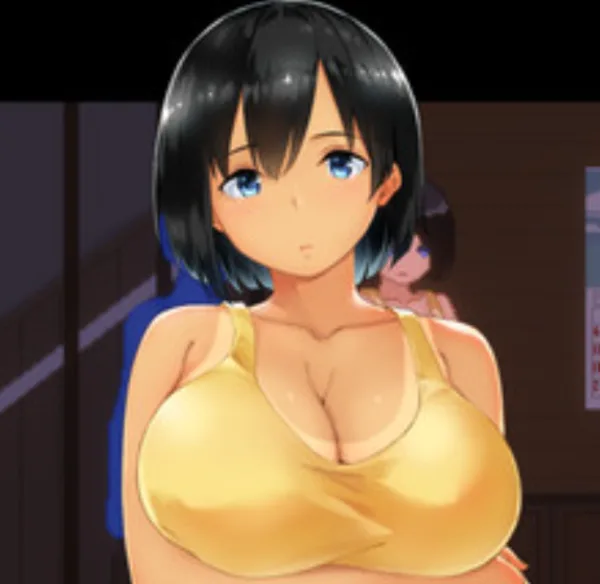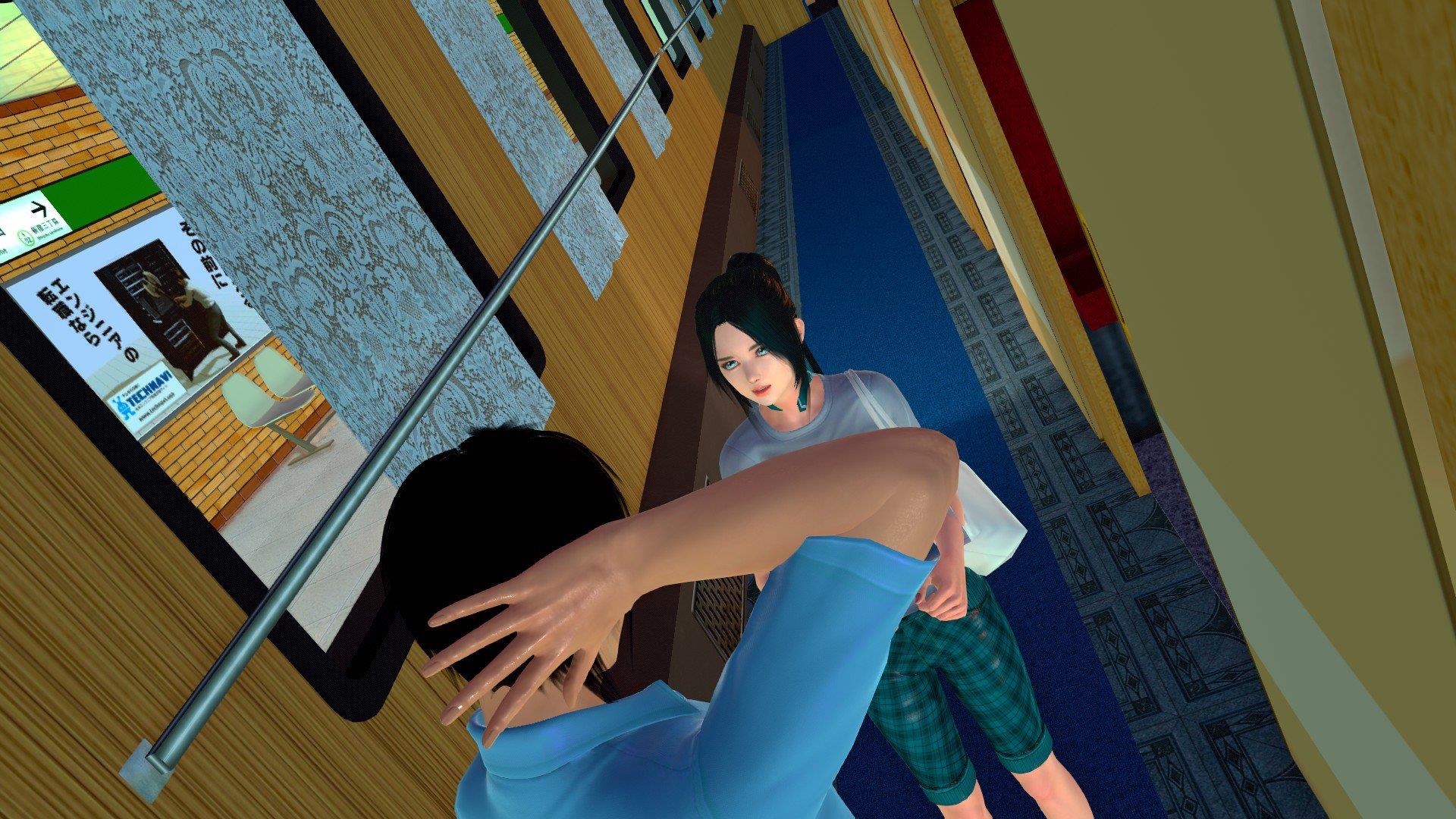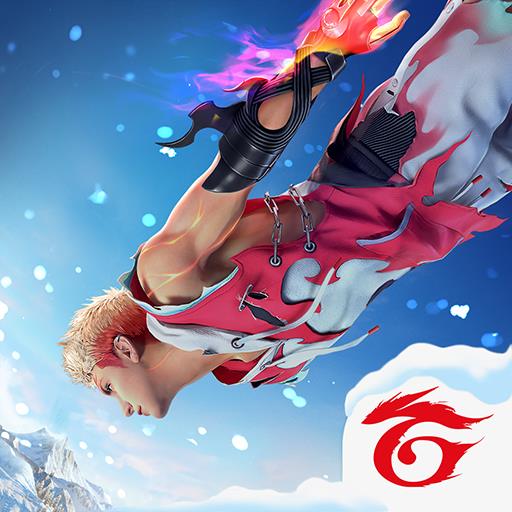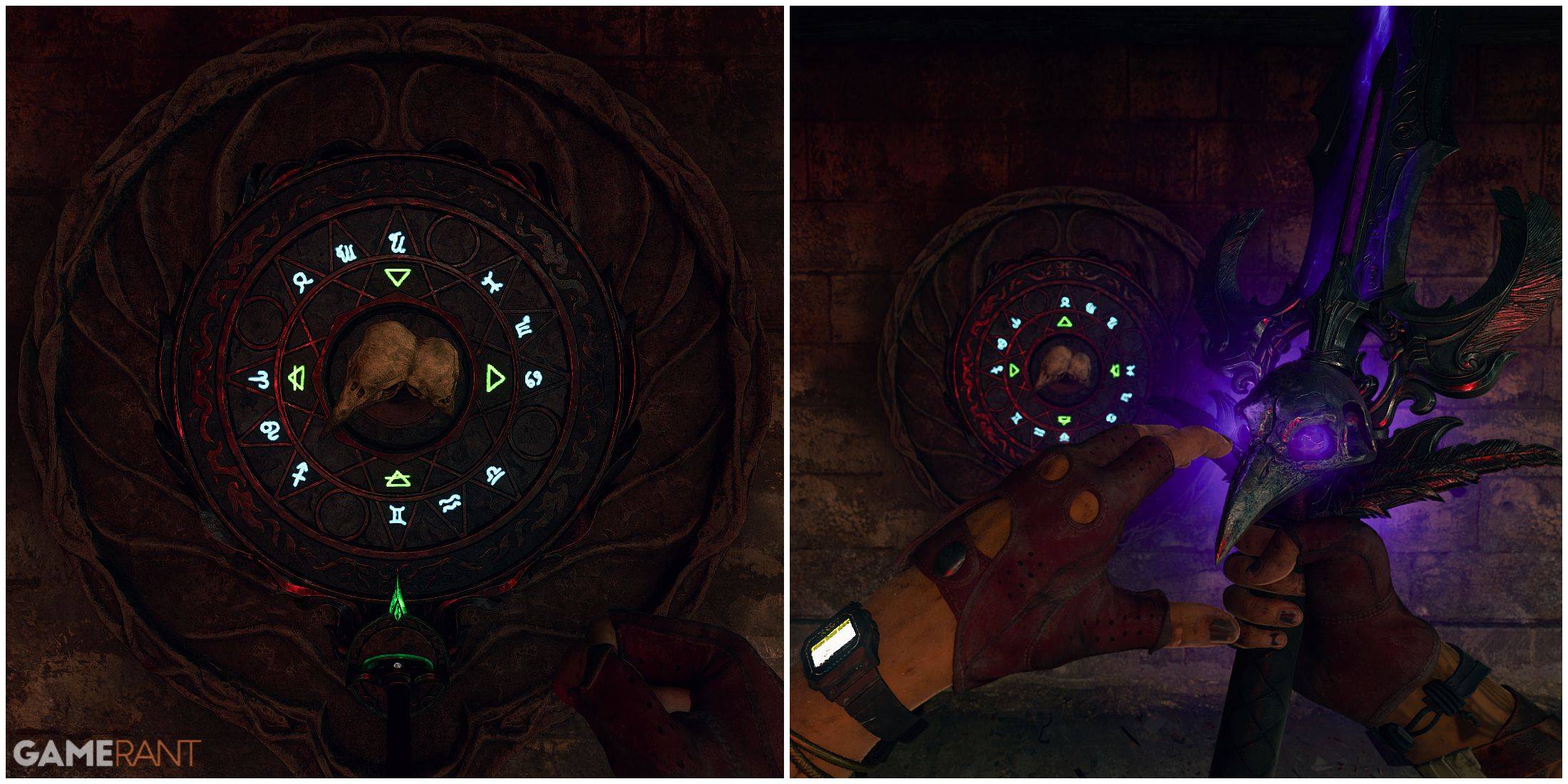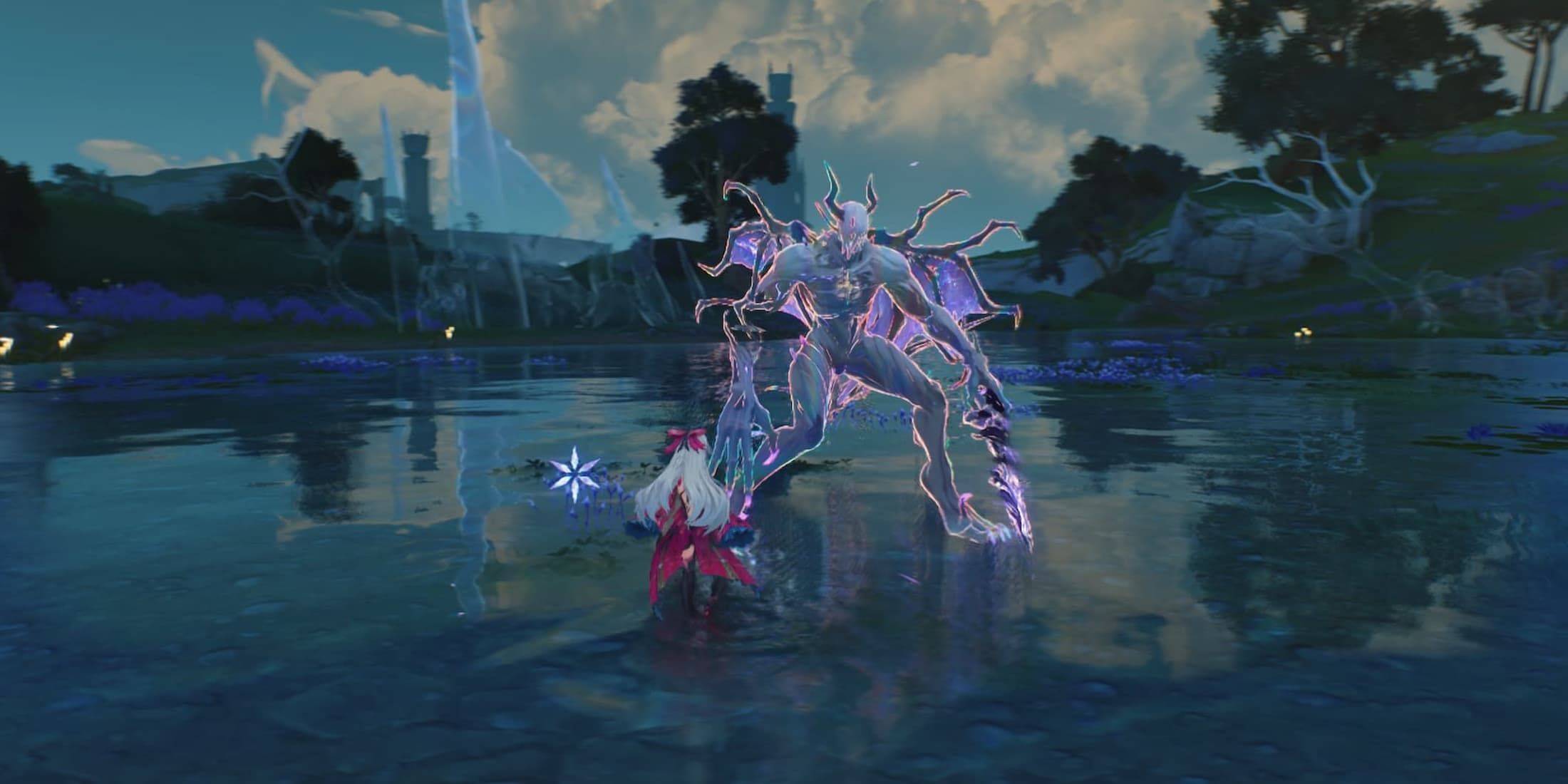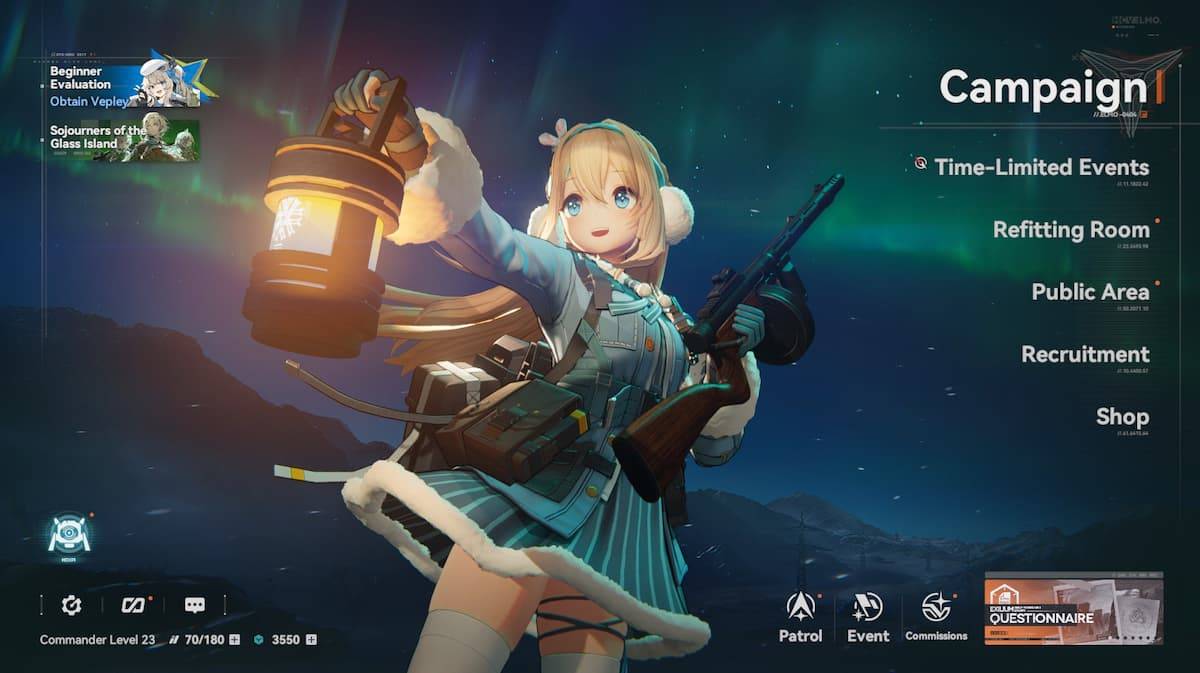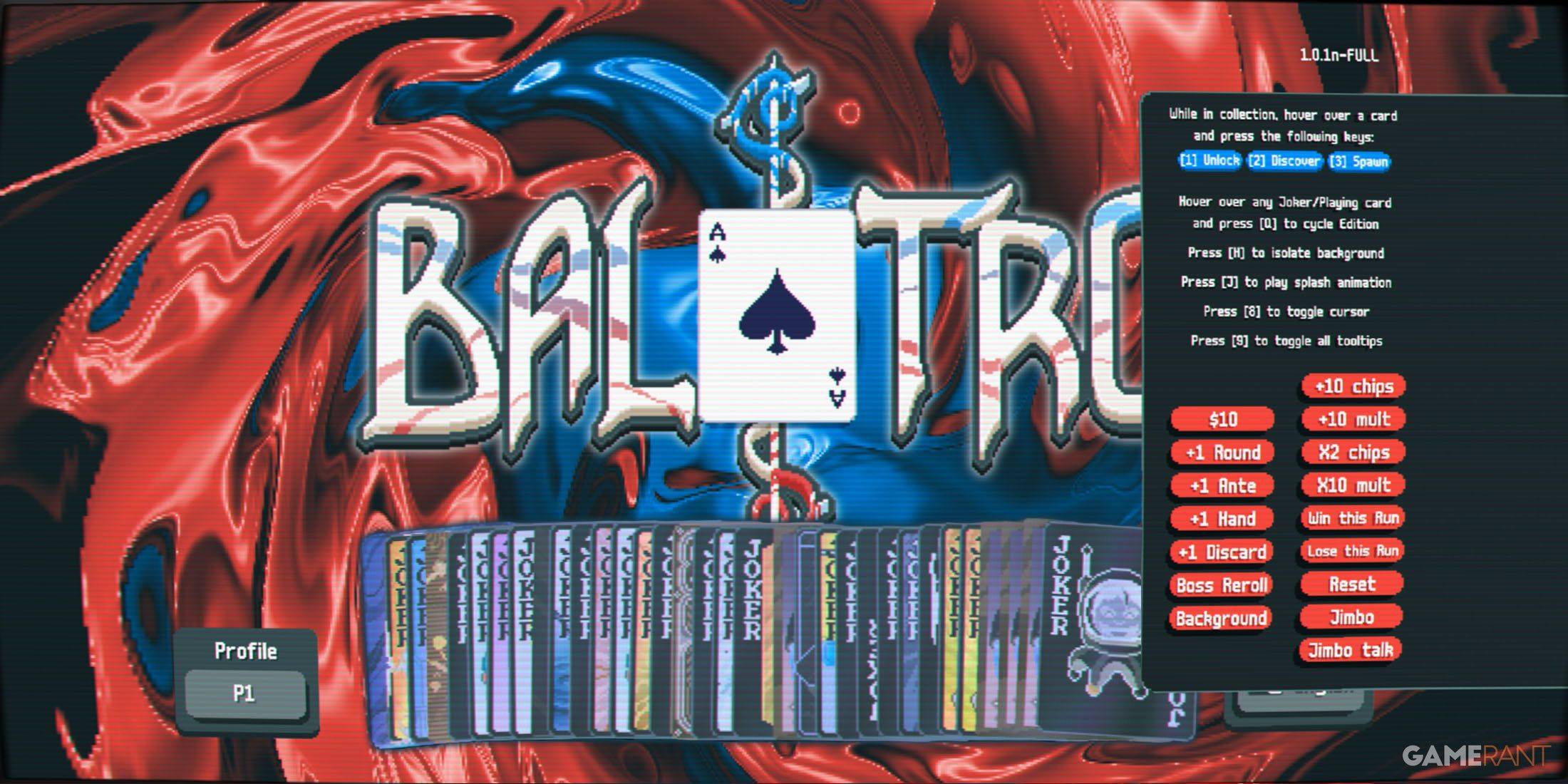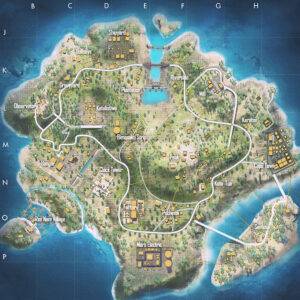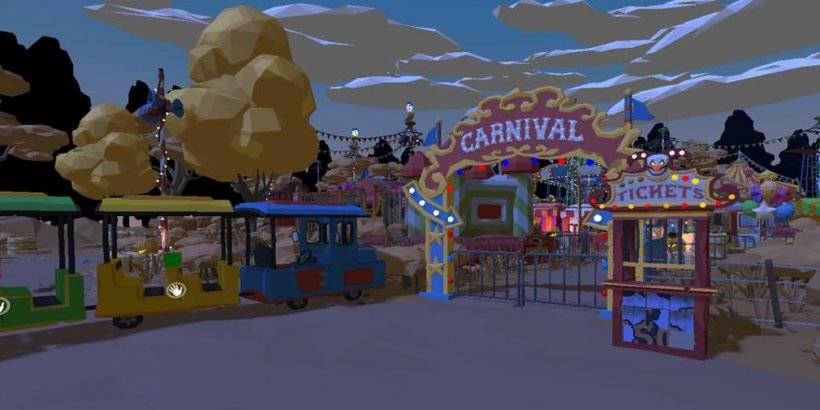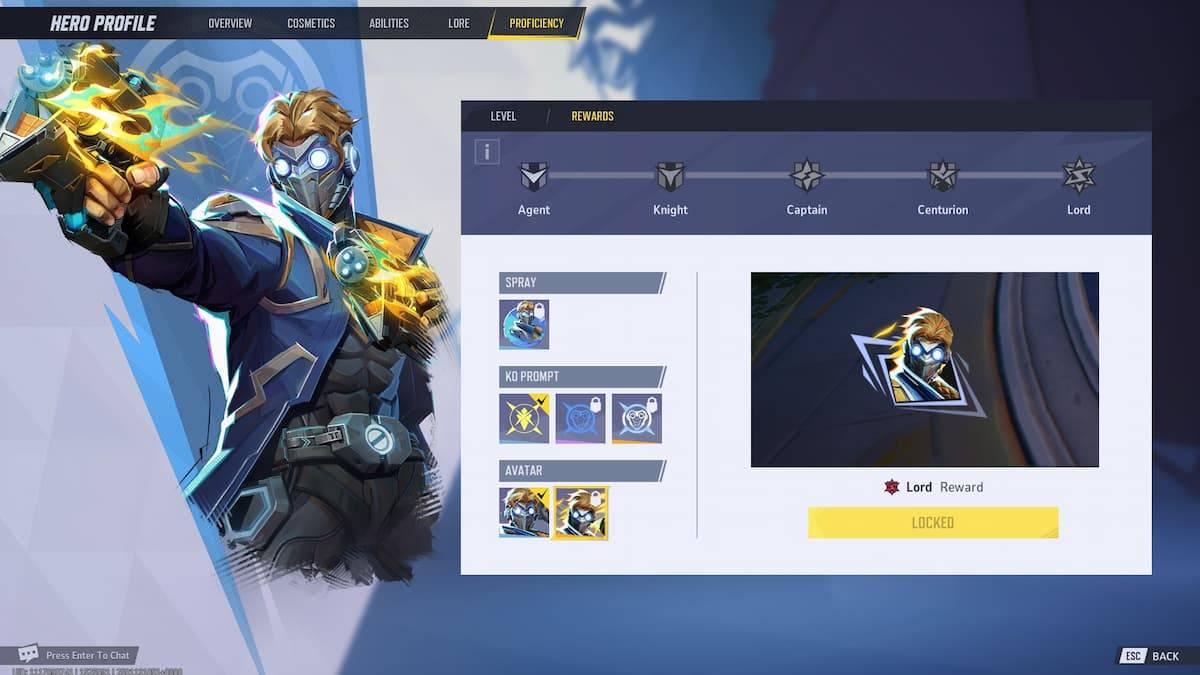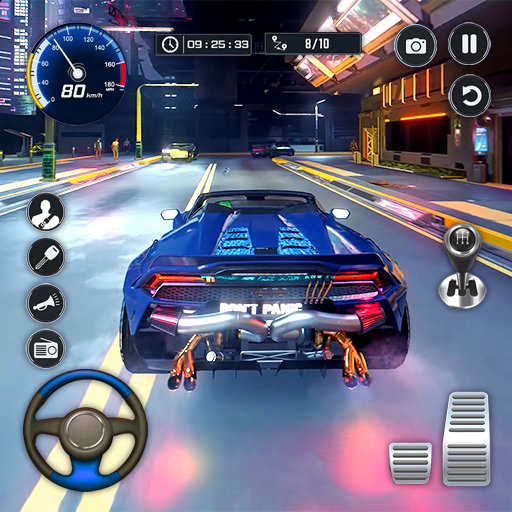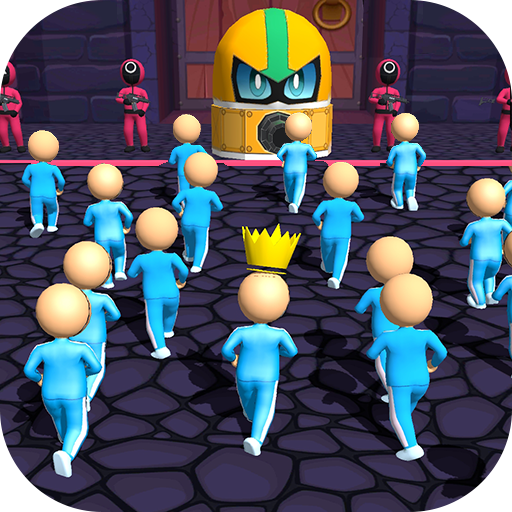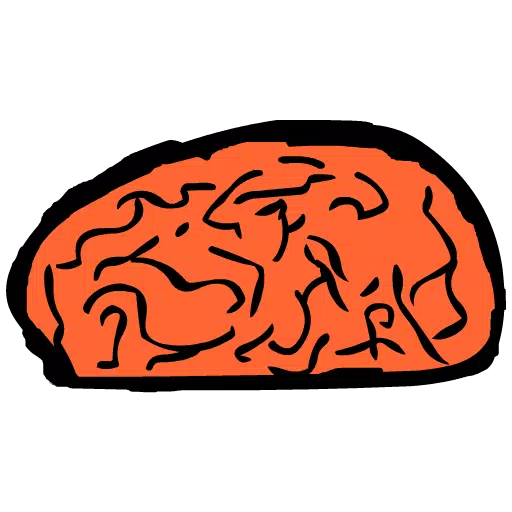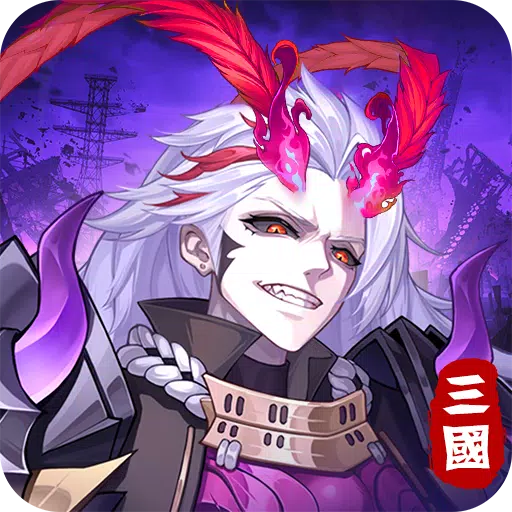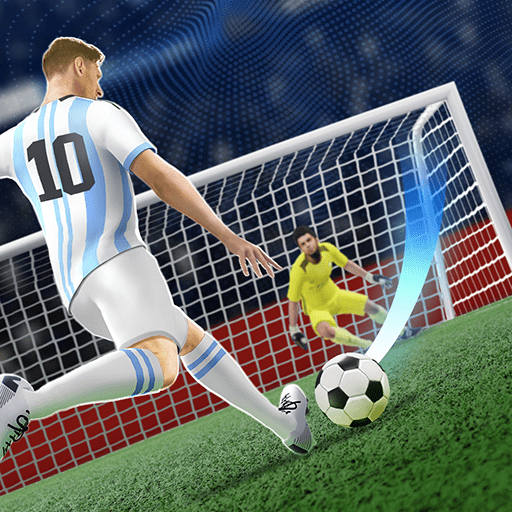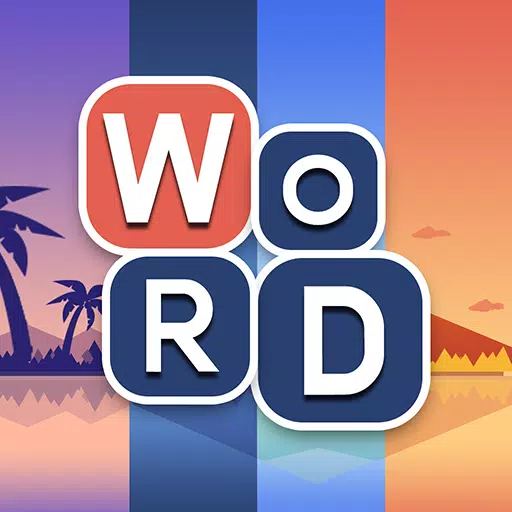Capcom's Rise: From Resident Evil 6 to Monster Hunter's Golden Age
With Monster Hunter Rise shattering Steam records and Resident Evil enjoying unprecedented popularity thanks to Village and several stellar remakes, Capcom's recent success seems almost inevitable. However, this wasn't always the case. Less than a decade ago, a string of critical and commercial failures left the company teetering on the brink, having lost its way and its audience.
Capcom suffered a significant identity crisis. Resident Evil, the pioneer of survival horror, lost its edge after Resident Evil 4. Similarly, Street Fighter faltered after the poorly-received Street Fighter 5. The situation looked dire for Capcom and its beloved franchises.
But amidst the downturn, a glimmer of hope emerged. A shift in Capcom's game development approach, bolstered by a powerful new game engine, revitalized its flagship series, sparking years of critical acclaim and financial success that propelled Capcom back to the top.
Resident Evil Lost Its Way
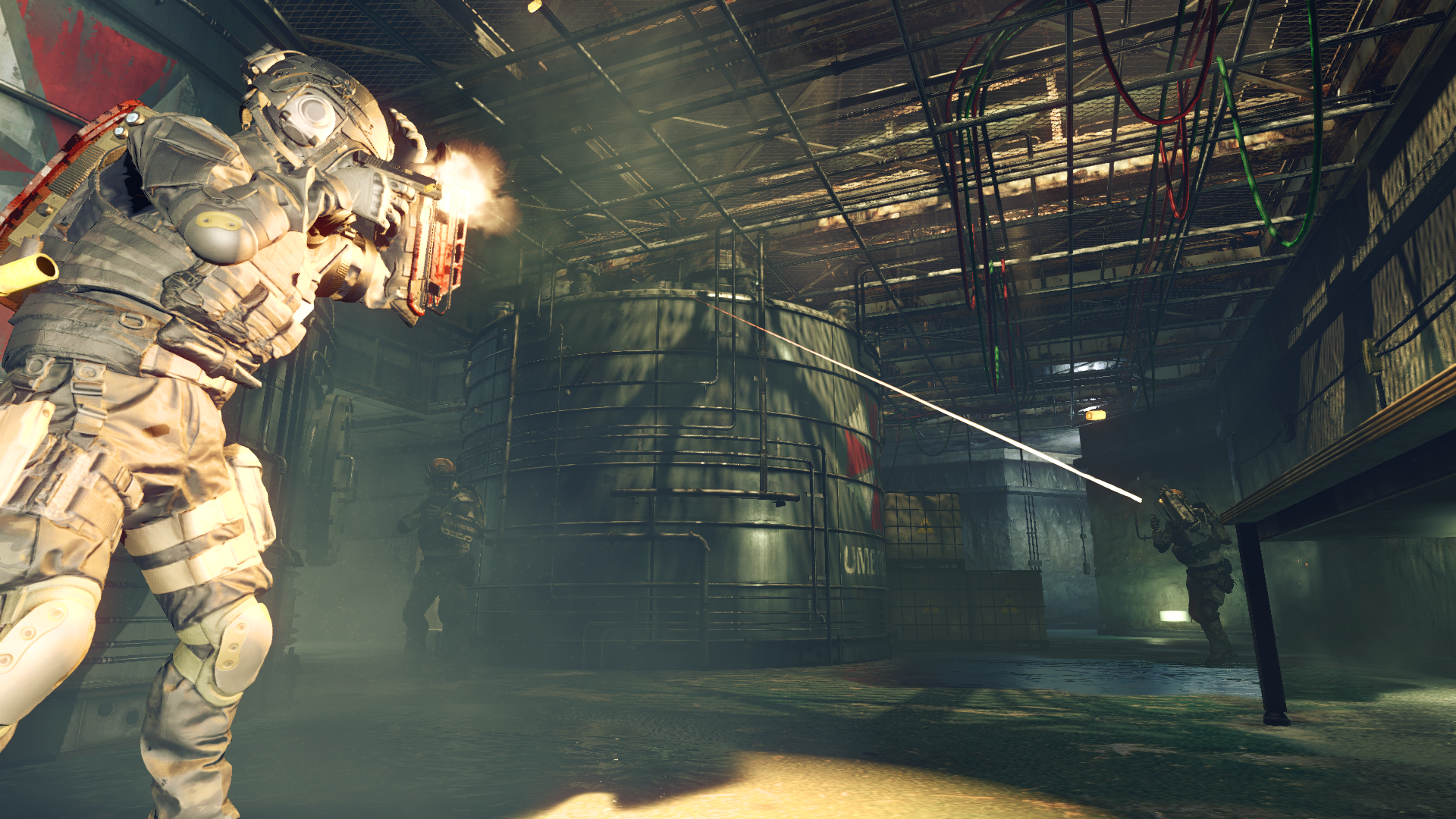
2016 was a particularly rough year. Umbrella Corps, the year's major Resident Evil release, a co-op online shooter, was met with harsh criticism from both reviewers and fans. Street Fighter 5 also disappointed longtime fans, failing to live up to the brilliance of Street Fighter 4. Even the long-awaited return of Frank West in Dead Rising 4 proved to be the series' final new entry.
This marked the nadir of a string of forgettable years for Capcom, dating back to 2010. Mainline Resident Evil games received increasingly negative reviews despite strong sales. Street Fighter struggled after a poorly-received installment, and core franchises like Devil May Cry were largely absent. Meanwhile, Monster Hunter, though hugely popular in Japan, struggled to gain traction internationally.
This contrasts sharply with the Capcom we know today. Since 2017, Capcom has consistently delivered hit after hit, garnering both sales and critical praise. This impressive run includes Monster Hunter: World, Devil May Cry 5, Street Fighter 6, and a series of acclaimed remakes and a successful Resident Evil soft reboot. Lately, Capcom seems virtually unstoppable.
This resurgence wasn't merely a matter of learning from past mistakes. Capcom had to completely overhaul its strategy, from target audience to technology, to achieve such a dramatic turnaround. To understand this seismic shift, IGN spoke with four of Capcom's leading creatives to discover how one of gaming's most successful companies overcame its setbacks and emerged stronger than ever.
Capcom, founded in 1979 as a manufacturer of electronic game machines, rose to prominence in the 80s and 90s with 2D titles like Street Fighter and Mega Man, successfully transitioning to 3D with games like Resident Evil. Between 2000 and 2010, Capcom successfully modernized many of its classic franchises, culminating in the creation of one of the greatest games of all time: Resident Evil 4.
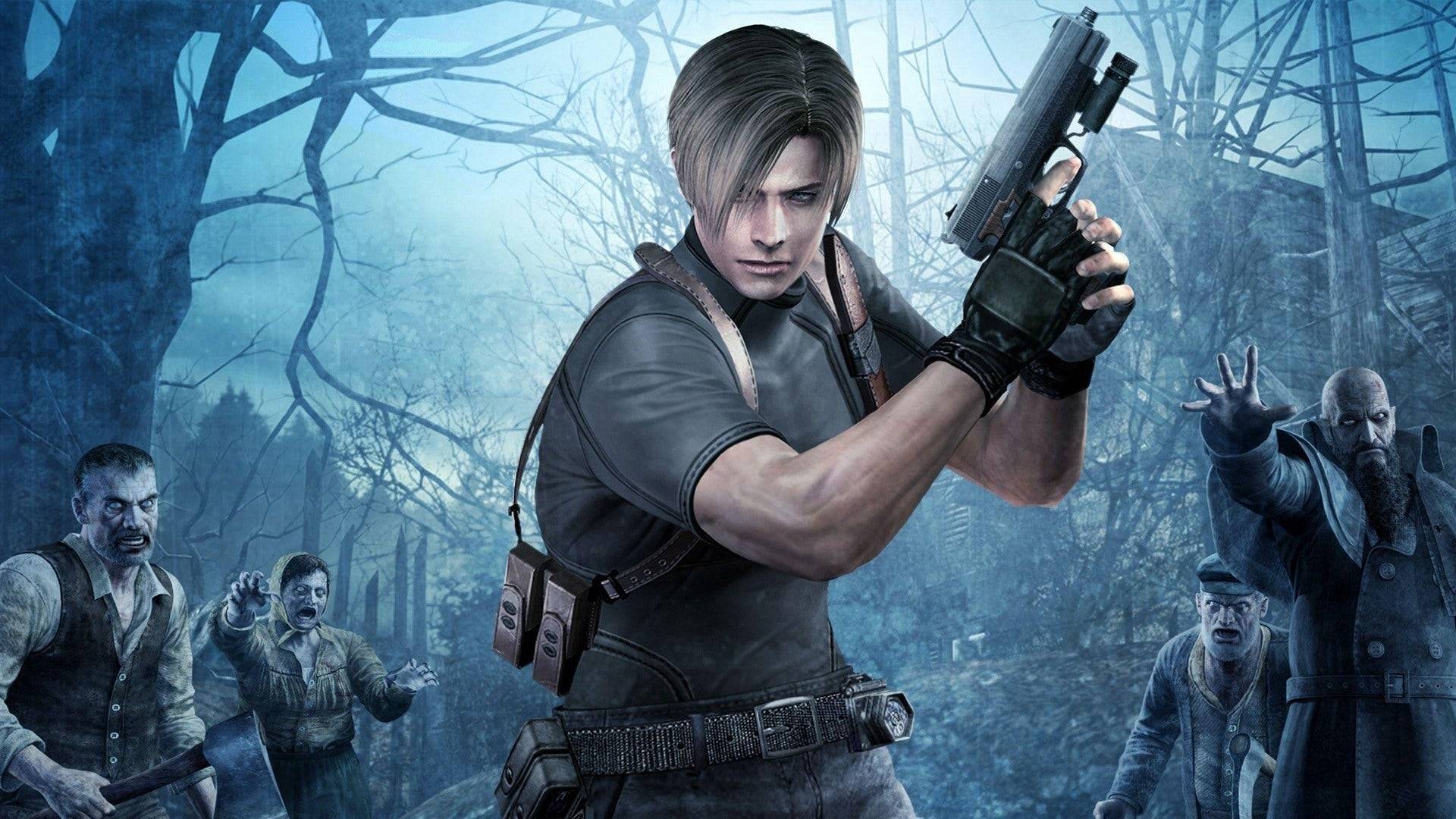
Released in 2005, Resident Evil 4 is widely considered a generational high point, ingeniously blending horror and action. However, this blend dramatically altered the course of the Resident Evil franchise. While fundamentally a horror game, inspired by works like Friday the 13th and H.P. Lovecraft, it incorporated effective Hollywood action elements. This balance, unfortunately, was lost in subsequent games.
In 2009's Resident Evil 5, Chris Redfield punches a boulder the size of a car with his bare hands, and infected enemies are gunned down in a car chase more reminiscent of Fast and Furious than a horror film. The series was losing its identity, a fact apparent to both players and developers like Resident Evil 4 remake director Yasuhiro Ampo, who has worked on the series since 1996.
"Throughout the Resident Evil series, we set different goals and challenges for each game," Ampo explains. "But this time, many of us felt that what fans wanted was diverging from what we were making."
This lack of direction resulted in games like 2012's Resident Evil 6, which attempted to please both action and horror fans. The game's split narrative, featuring six playable characters and three storylines, catered to different preferences, ultimately failing to satisfy either group. Disappointed fans voiced their concerns online, while developers continued experimenting with spin-offs exploring new territory like online co-op.
This decline wasn't limited to Resident Evil. Following the success of Street Fighter 4, Capcom failed to replicate its triumph with the sequel. Street Fighter 5 (2016) was criticized for its lack of single-player content and poor online functionality. Fans pointed to a lack of polish and a confusing approach to balance, resulting in a frustrating experience.
The struggles extended beyond Street Fighter and Resident Evil. Almost every major franchise faced challenges. Devil May Cry, after diminishing returns, saw its next installment, 2013's DmC: Devil May Cry, outsourced to Ninja Theory. While gaining cult status, its fresh take on mythology and redesigned protagonist were met with negative online feedback, leading to the series being shelved.
This period defined Capcom's early-to-mid 2010s. Key franchises struggled to repeat past successes, while others were sidelined. New titles aiming for the Western market, such as Lost Planet and Asura's Wrath, also failed to resonate. While there were occasional bright spots, like Dragon's Dogma, Capcom's overall direction lacked focus. Change was clearly needed.
Street Fighter 5, The Lost Cause
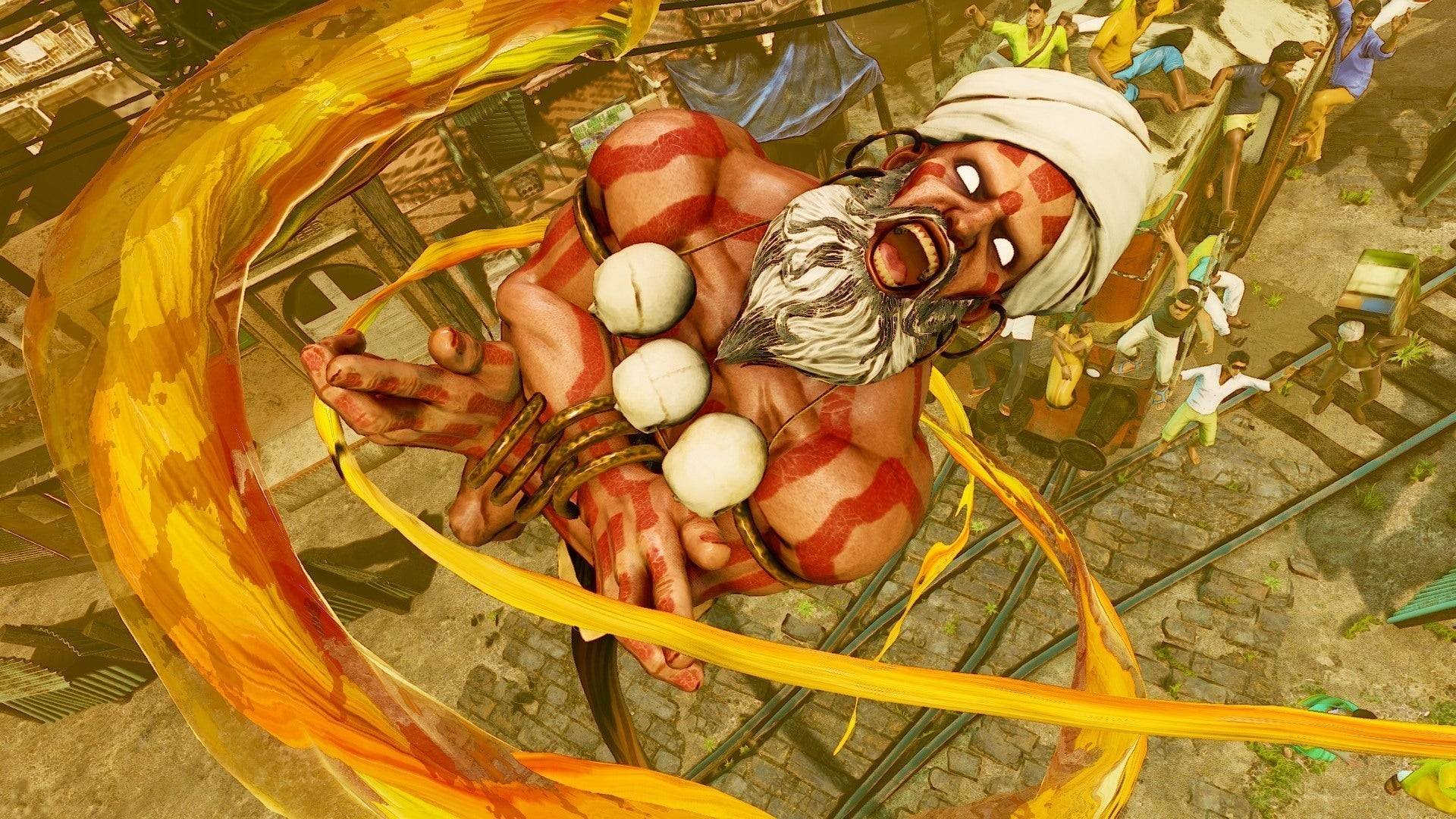
By the mid-2010s, Capcom began implementing strategic changes that would reshape its future. These changes started small, focusing on addressing immediate issues. Street Fighter 5 needed fixing, so Capcom brought in director Takayuki Nakayama and producer Shuhei Matsumoto.
While not involved from the start, they inherited a game requiring significant improvements to regain fan trust. "There were challenges in the game's production, which is why I joined the team," Nakayama admits. "We couldn't make major changes, so we had to proceed in the current direction, limiting our options."
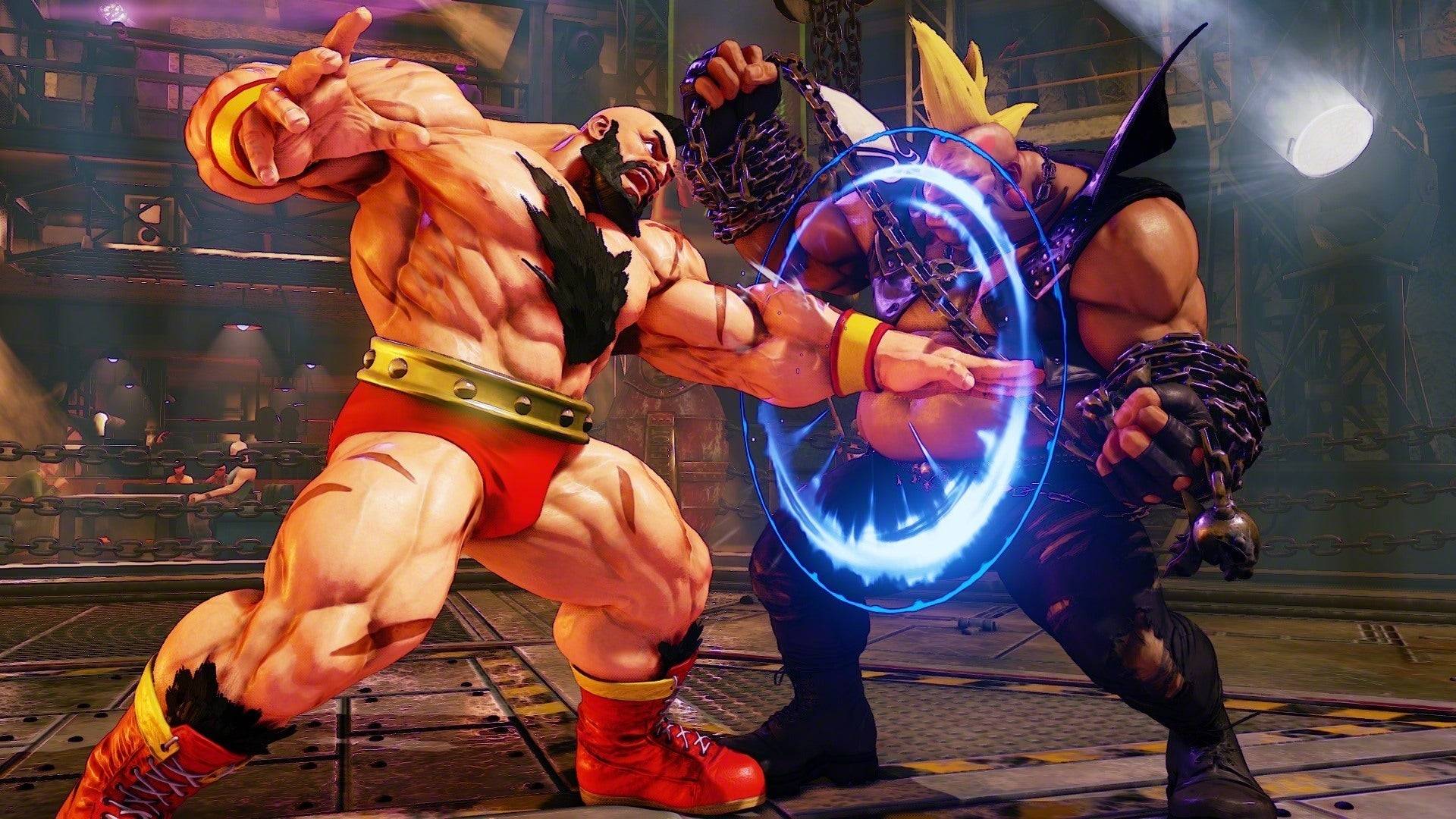
These constraints severely limited their scope. Instead of transforming Street Fighter 5 into a top-tier game, they focused on fixing critical problems, biding their time until work on Street Fighter 6 began.
"We didn't have enough time to address all the problems in Street Fighter 5," Nakayama explains. "We had to wait for those ideas to be incorporated into the conceptual phase of Street Fighter 6 to do things properly."
Why didn't Capcom simply cancel Street Fighter 5 and start fresh? According to Matsumoto, abandoning it wasn't an option. "There was no thought of ending Street Fighter 5 and focusing on Street Fighter 6. While working on Street Fighter 5, we were figuring out what we wanted to do for Street Fighter 6 content-wise," he says.
"We tried different things during Street Fighter 5's development, applying what worked to Street Fighter 6. Street Fighter 5's development helped us determine what we wanted to do next."
The team treated Street Fighter 5 as a testing ground, learning from design mistakes and informing changes for the sequel. Numerous updates followed, from netcode improvements and character rebalances to new characters, mechanics, and the V-Shift defensive move, later refined for Street Fighter 6.
Beyond fixing the game, Capcom aimed to rediscover the fun. Street Fighter 5 had become frustrating; the goal was to make it enjoyable. "Fighting games are fun, and when you get used to them, they become more enjoyable," Matsumoto notes. "But with Street Fighter 5, we felt there wasn't a clear path to that level of enjoyment."
Previous attempts to make Street Fighter more approachable by lowering difficulty alienated longtime fans. Street Fighter 6 expanded tools for new players while retaining features for experienced players. Rather than a quick fix, using Street Fighter 5 as a learning experience led to Street Fighter 6's critical acclaim.
To prevent repeating past mistakes, Capcom needed a broader strategic shift. This is where behind-the-scenes changes became crucial.
Monster Hunter Took Over The World
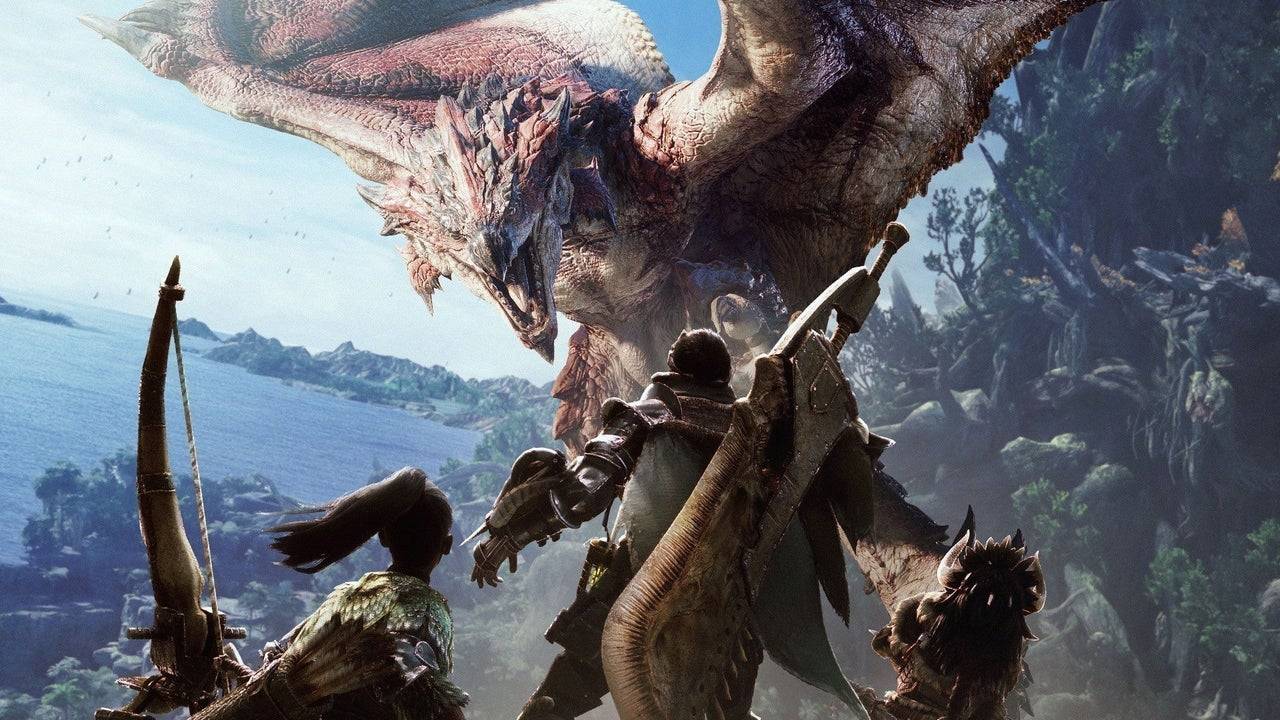
Around 2016, Capcom underwent an internal reorganization to prepare for a new generation of games using the RE Engine, replacing the aging MT Framework. This change went beyond technology; it included a mandate to create games for a global audience, not just existing regional fans.
"Several factors converged," says Hideaki Itsuno, known for his work on Devil May Cry. "The engine change and a clear goal for all teams to make games for the global market—games fun for everyone."
Capcom's PS3 and Xbox 360-era games often seemed to target a perceived "Western market." While Resident Evil 4 was a hit, spin-offs like Umbrella Corps and the Lost Planet series chased fleeting trends without success. Capcom realized it needed to create universally appealing games.
"We focused on making good games that would reach people worldwide," Itsuno says.
Itsuno notes that the period leading up to 2017 was pivotal. "The organizational and engine changes came together around that time," he explains. Resident Evil 7's launch in 2017 marked the start of Capcom's renaissance.
No series better embodies this global strategy than Monster Hunter. While it had dedicated Western fans, it was significantly larger in Japan. This wasn't intentional; factors contributed to its regional dominance.
Monster Hunter's success on the PSP in Japan was significant. Handheld gaming has always been stronger in Japan, and the PSP's popularity facilitated multiplayer gameplay without internet access. This was crucial for Monster Hunter, which emphasizes cooperative play.
"Twenty years ago, network connections weren't easy in Japan," says Ryozo Tsujimoto, the series' executive producer. "Handheld consoles made multiplayer easy, and I consider it a great success that players experienced the game this way, even when online play wasn't easy."
Monster Hunter's cooperative nature thrived on quick access to hunts with friends. Handheld consoles were ideal for this. Japan's mobile gaming market meant Monster Hunter catered to a local audience, even unintentionally.
Western fans watched enviously as Japanese players received exclusive content. But as Western internet infrastructure improved, Tsujimoto saw an opportunity. Monster Hunter: World (2018), released simultaneously worldwide on PS4, Xbox One, and PC, represented a major shift. It offered AAA console quality, larger areas, and bigger monsters.
"Our approach to globalization ties into the game's themes and name," Tsujimoto reveals. "'World' indicates our desire to appeal to a worldwide audience."
It was crucial that Monster Hunter: World avoided prioritizing any single market. Simultaneous worldwide release and the absence of Japan-exclusive content were key, representing "realigning ourselves to meet global standards."
Beyond simultaneous release, Tsujimoto and his team explored ways to broaden Monster Hunter's appeal. "For World, we conducted focus tests worldwide, and the feedback affected our game systems and global success," Tsujimoto says.
A simple change—displaying damage numbers—proved impactful. These refinements propelled Monster Hunter to unprecedented heights. Previous games sold around 1.3 to 5 million copies; Monster Hunter: World and Monster Hunter Rise both exceeded 20 million.
"'World' indicates our desire to appeal to a worldwide audience."
This growth wasn't accidental. Instead of altering Monster Hunter to suit Western tastes, Capcom made it more accessible without sacrificing its core elements. This continues with Monster Hunter Rise.
"At its heart, Monster Hunter is an action game," Tsujimoto explains. "The sense of accomplishment from mastering the action is key, but for new players, it's about reaching that point. We analyze where players get stuck, get player feedback, and use that knowledge to implement new systems."
Resident Evil 7 Began Turning Things Around
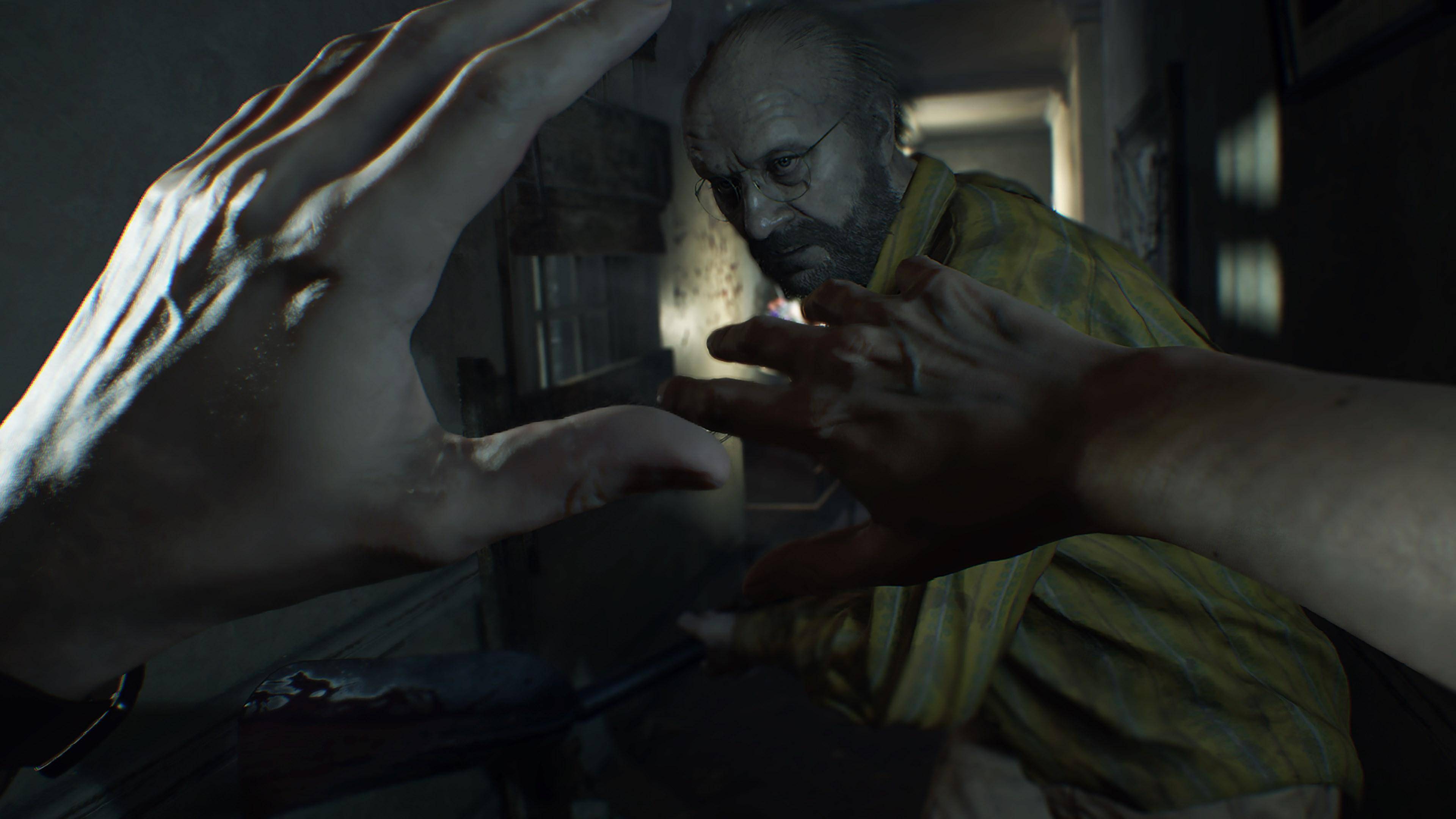
Monster Hunter had a winning formula; the challenge was global appeal. For Resident Evil, Capcom had to decide between gory action and survival horror. Jun Takeuchi, Resident Evil's executive producer, made the call.
"I was working on Resident Evil Revelations 1 and 2, testing different approaches," recalls Yasuhiro Ampo. "Jun Takeuchi set the direction—Resident Evil needed to return to its roots."
Takeuchi prioritized survival horror. Resident Evil 7's announcement at E3 2016, with a first-person perspective trailer, generated excitement.
"We can't underestimate how crucial it is for the series to be scary," Ampo says. "Takeuchi made it clear that Resident Evil 7 would return to its origins, focusing on survival. With that as a basis, we'd try new things."
The game was a success, though not quite on the level of Resident Evil 4. Its unsettling atmosphere marked a return to survival horror.
Capcom wouldn't abandon the third-person perspective. While new mainline titles remained first-person, remakes, starting with Resident Evil 2, would use third-person. Fan projects demonstrated a demand for remakes.
"It was like, 'people really want this,'" Ampo reveals. "Producer Yoshiaki Hirabayashi said, 'We'll do it.'"
The Resident Evil 2 remake blended horror, action, and puzzles, with a menacing Tyrant system. It became the second best-selling Resident Evil game.
"Resident Evil 4 is so beloved. If we get anything wrong with the remake, people might be vocal."
A Resident Evil 3 remake followed, but remaking Resident Evil 4, a still-modern game, seemed unnecessary. Ampo admits hesitation: "Resident Evil 4 was popular. There was internal discussion—maybe we didn't need a remake. If we got anything wrong, people would be vocal."
Despite this, the Resident Evil 4 remake succeeded, refining the action-horror balance to prioritize survival horror. Campier elements were removed, replaced by a darker tone while retaining action moments.
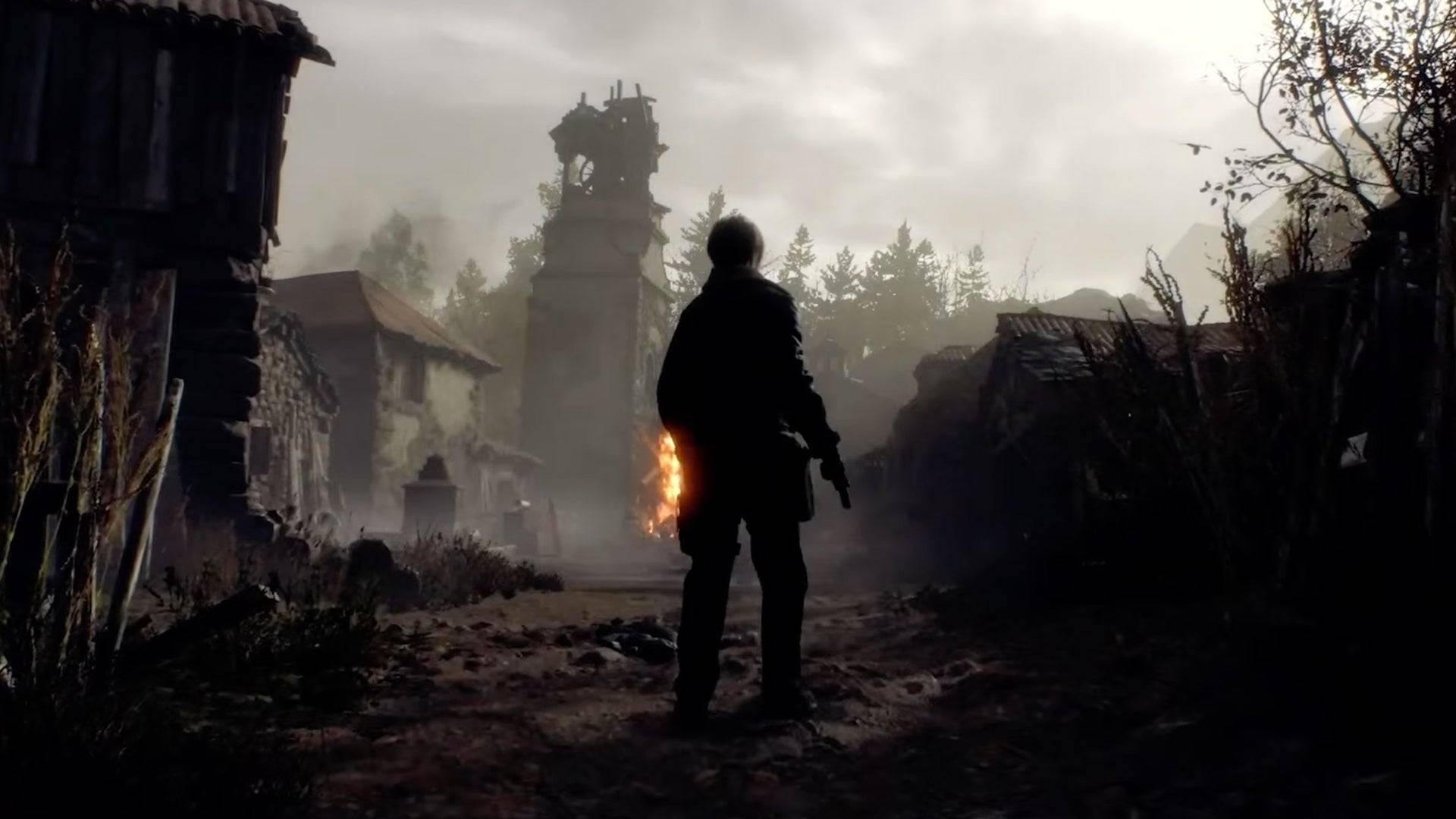
Simultaneously, Hideaki Itsuno had a similar epiphany with Devil May Cry. After Dragon's Dogma, he saw the action genre softening, aiming for a casual audience. With Devil May Cry 5, he aimed to challenge the genre, leveraging the RE Engine.
The Reason Behind The Change
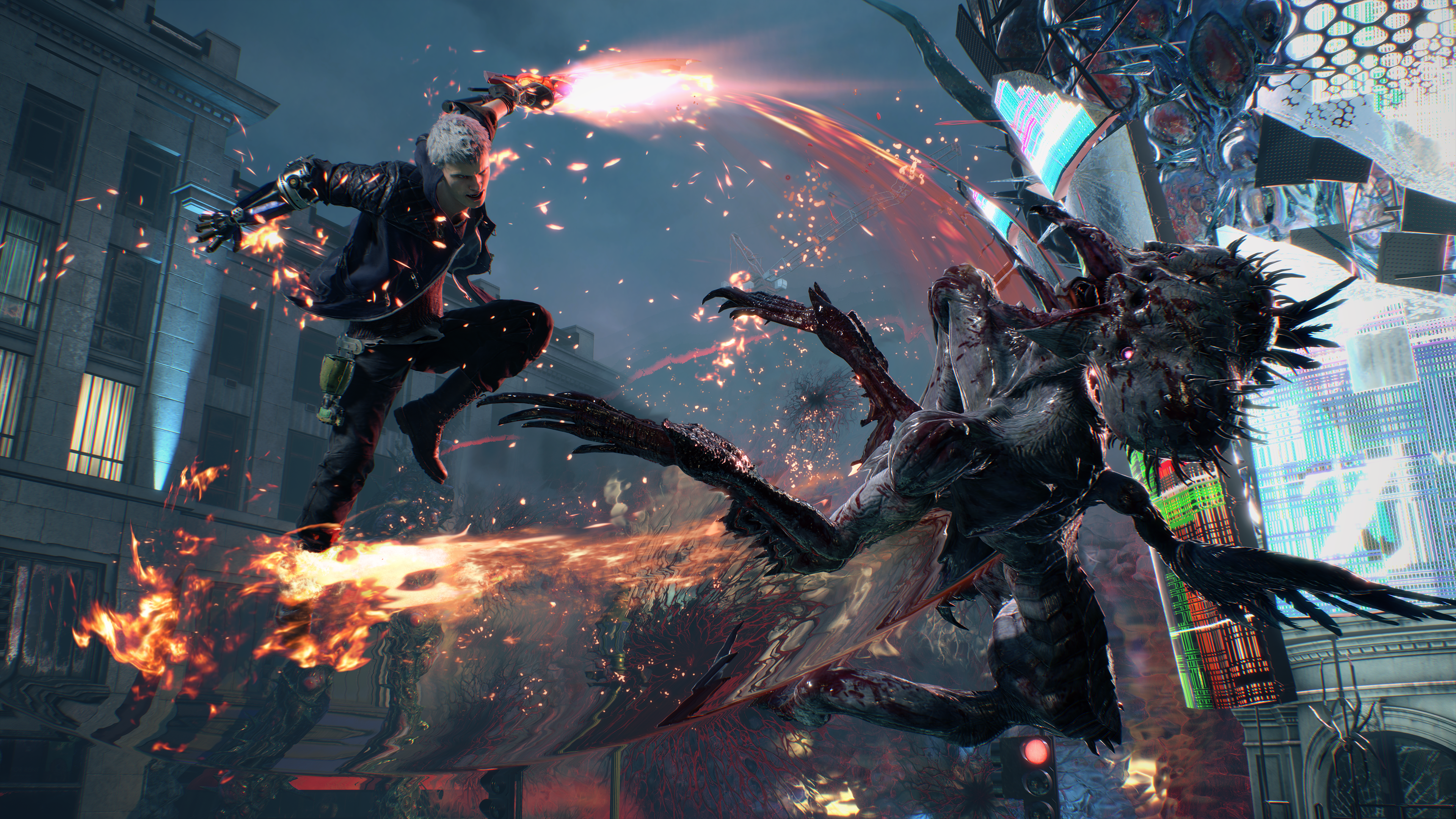
"I felt the trend in action games was to be too kind to players, lending a hand too much," Itsuno admits.
Itsuno directed most Devil May Cry games after the second installment. After Devil May Cry 4 (2008), he returned after 11 years with Devil May Cry 5, a critical and commercial success.
The break gave him time to plan. "Technology changes significantly over a long timeframe," Itsuno says.
The RE Engine was key. Replacing the MT Framework, it offered photorealistic assets and faster development. This allowed Itsuno to focus on style.
"The RE Engine aimed for a less stressful development environment," Ampo explains. "Being internally developed, we could request tools, fix them quickly, and iterate."
This allowed for rapid trial-and-error. Itsuno aimed for the "coolest" action game, using the RE Engine's capabilities to enhance Devil May Cry's style.
"Devil May Cry is about being cool," Itsuno says. "Since Devil May Cry 3, I've distilled everything I consider cool—from TV, movies, comics, sports—into the game."
A New Capcom Golden Age
Since 2017, Capcom has delivered near-annual game-of-the-year contenders. Its decade-long winning streak is remarkable. This success continues with Monster Hunter Rise.
The focus on globally appealing games, built with advanced technology, proved successful. Capcom seamlessly transitions between genres without losing momentum.
"Capcom is in a golden era, and we have to make it last," Tsujimoto states.
This global focus didn't dilute Capcom's games. They remain true to their identities while expanding their audience. Many of Capcom's contemporaries are in a similar position to Capcom a decade ago—chasing trends and losing their identity.
Capcom's transformation resulted in a new golden age. When asked about this, Nakayama says, "It's an exciting time at Capcom. We can focus on things we find fun." Tsujimoto adds, "Capcom is in a golden era, and we have to make it last."
Latest Articles




![Taffy Tales [v1.07.3a]](https://imgs.anofc.com/uploads/32/1719554710667e529623764.jpg)
